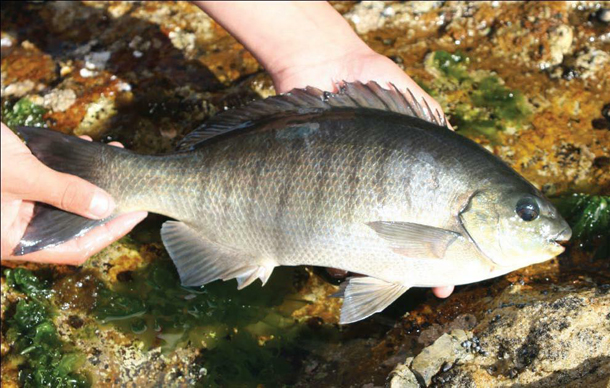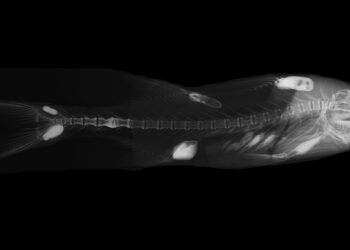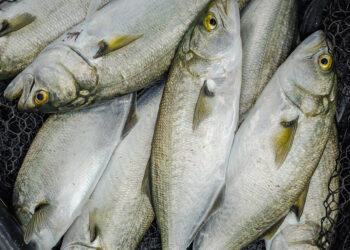THE luderick or blackfish (Girella tricuspidata) is found in the estuaries and coastal waters of Australia’s east coast south from around Hervey Bay to near Adelaide, including most areas of Tasmania. They also occur in the northern parts of New Zealand, where they are known as Parore.
A number of the ludrick’s close relatives in the Family Girellidae are also commonly targeted around Australia’s southern coastline, including black drummer Girella elevata, the zebra fish Girella zebra, and WA’s rock blackfish Girella tephraeops.
Though often described as herbivores, all of these fish are more accurately described as omnivores. Much of their natural diet consists of a few different types of algae, but they also eat quite a lot of other animal material. This is where the members of the family Girellidae differ markedly from members of the closely related family Kyphosidae (which includes the silver drummer Kyphosus sydneyanus), which eat algae almost exclusively which they digest using microbial fermentation in the gut (and thus can rightly be described as true herbivores).
It’s their unusually selective diets that makes luderick and their relatives such fascinating species to target. When you take a close look at a luderick, one of the first things you notice are their small but sharp incisor-like teeth, clearly designed for grazing on weed, particularly bait weed (filamentous green algae Enteromorpha intestinalis) and sea cabbage.
These teeth can also make short work of light leaders which is why many specialist luderick fishers rely on landing nets to secure their catch. Luderick also have a useful array of crushing teeth which help them grind algae and gain the most from this plentiful but relatively low energy food supply. Stomach content analysis shows they opportunistically chew on other food items such as small crabs and other crustaceans, molluscs (pipi, mussels), prawns and worms, and they’ve been known to occasionally take small lures.
In many areas winter is the best time to target luderick, particularly in coastal bar zones and estuary mouths where they are known to aggregate and spawn. Spawning occurs during July and August in south east Queensland, and a bit later on in the year in NSW and Victoria. Size at first maturity for male fish is 22-25 cm while females usually mature at a slightly larger size at around 26 cm. In Moreton Bay, a 23 cm fish is thought to be around three years old, an average 30 cm fish is probably around five years old, while a 40 cm fish may be upwards of 11 years old. That’s plenty of time for the larger ones to become very difficult to catch, which is another reason why these great fish have such a dedicated following.

















